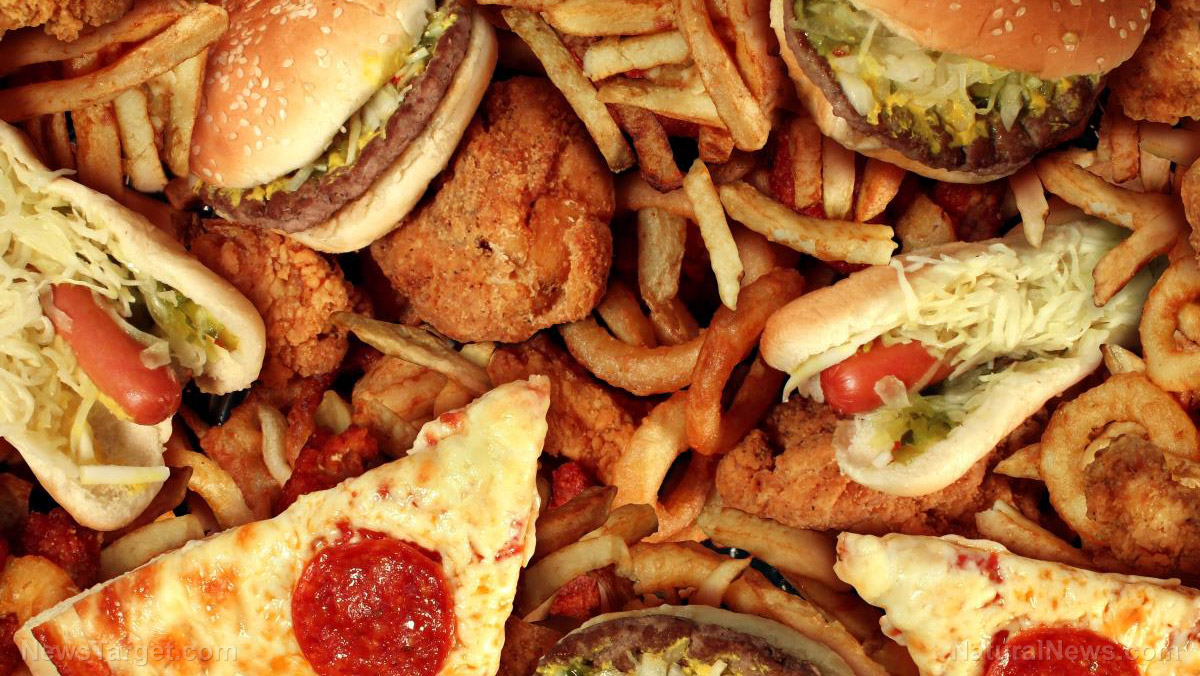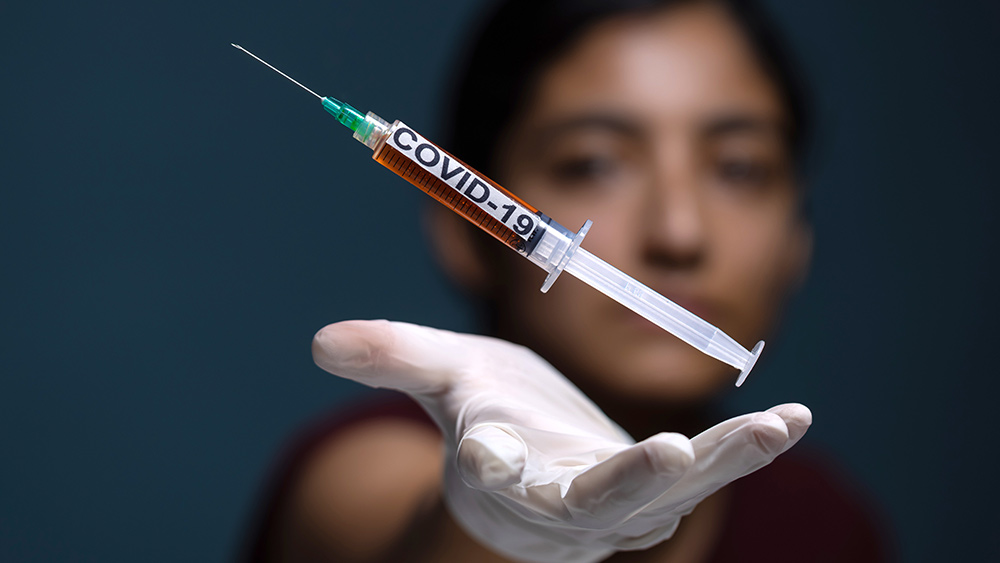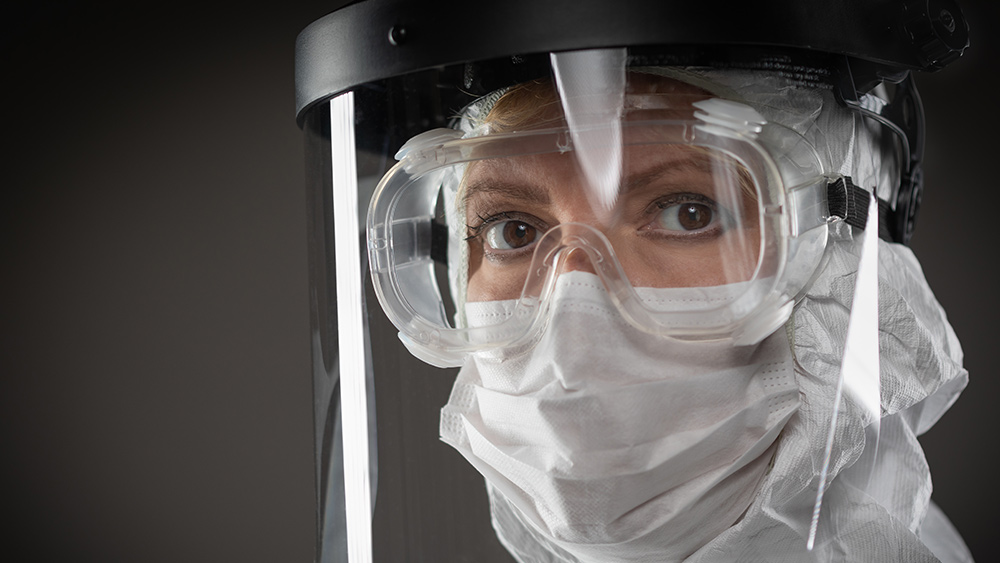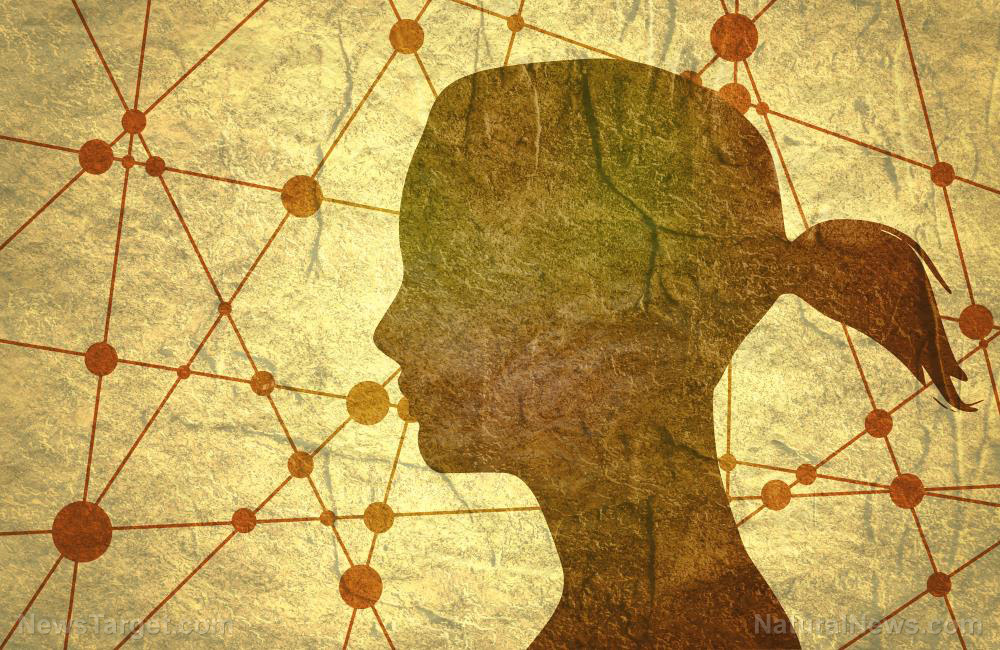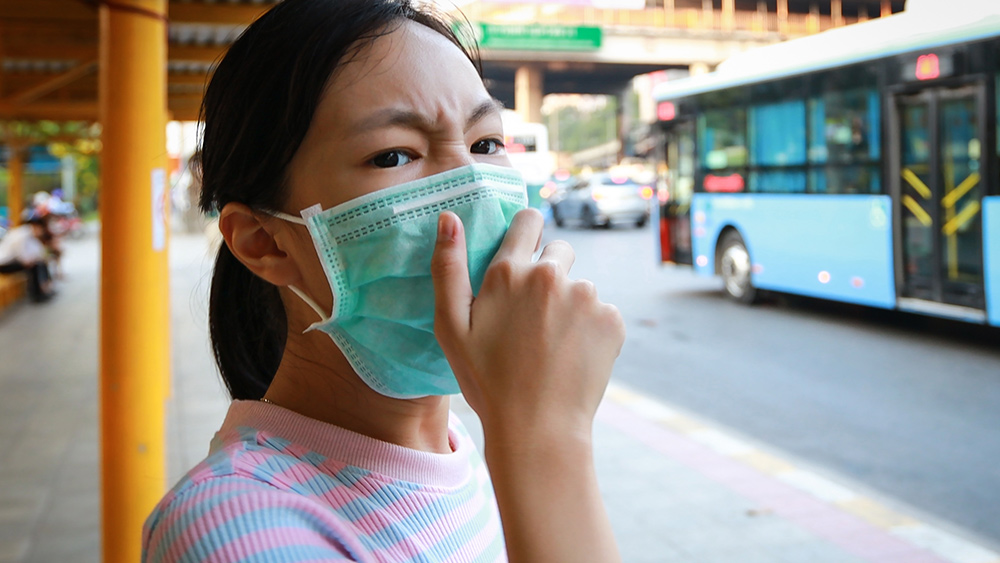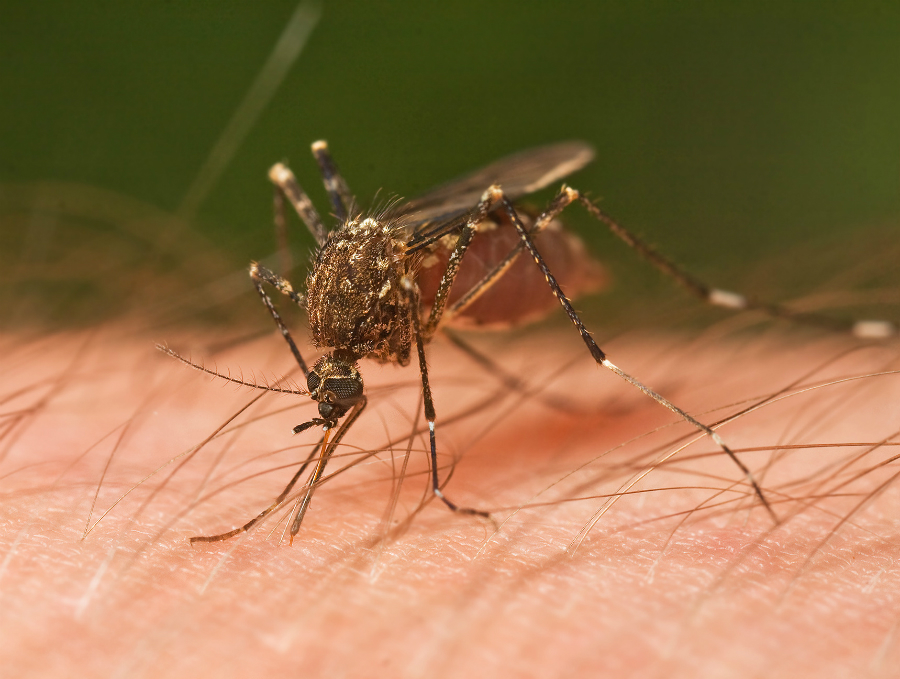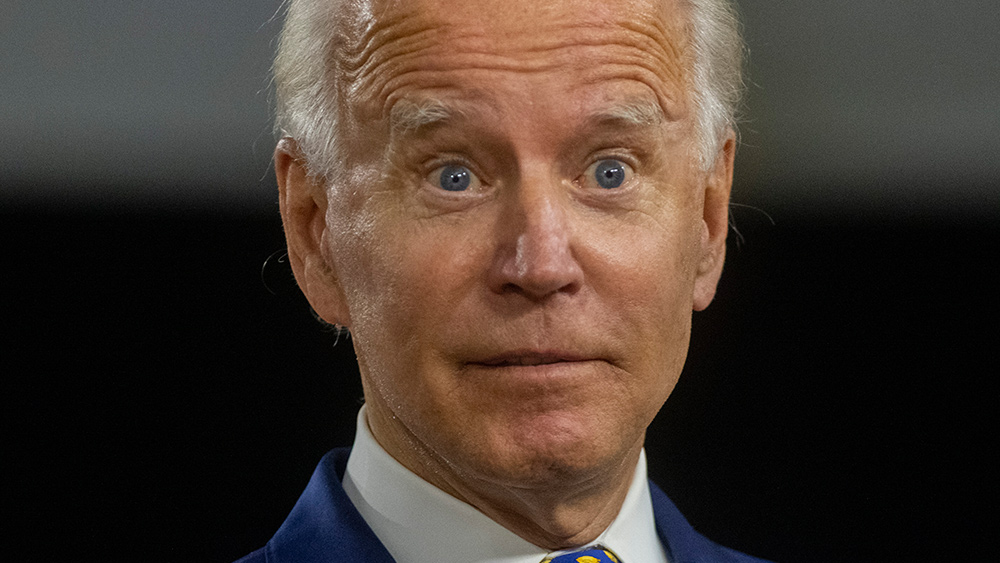America’s summer coronavirus wave is slowing down, but infections could rise again in the fall
08/26/2020 / By Franz Walker

The wave of Wuhan coronavirus (COVID-19) infections that swept across the American South and the West during the summer is showing signs of slowing.
The U.S. became the first country in the world to confirm 5 million cases of COVID-19 on August 9. The grim benchmark seems to have acted as a wakeup call, however, with the country’s seven-day average falling by 21 percent to just 42,250 a day. As of August 24, Monday, the country’s average count of daily deaths slipped below 1,000 for the first time in a month.
U.S. coronavirus infection rate slowing down
America’s summer wave had been driven mostly by surges in cases in Texas, California and Florida – the three most populous states – which have since tallied more than 500,000 cases each. Now, while the daily fatality rates in these three states remain elevated, their new cases and hospitalizations have been decreasing. (Related: 18 States classified as coronavirus RED ZONES by White House Coronavirus Task Force.)
Elsewhere in the country, the plateau in cases is also being felt. An analysis of COVID Tracking Project data by the Financial Times shows that the average number of new cases in 41 states has so far been lower in August than in July.
The signs that the summer COVID-19 wave is subsiding has led some states to loosen the restrictions they had put in place in response to the surge. For example, restaurants in Florida’s Miami-Dade County will now be allowed to have indoor dining again starting August 31. Meanwhile, New York removed five states, including summer surge hotspot Arizona, from its travel advisory list, easing restrictions on travelers from those regions.
However, even as the summer surge slows down, troubling signs are coming from the Midwest, where the turnaround has been much slower. The seven-day average of new infections across the region had gone down at about 8.000 a day, only five percent below its peak in August.
Of particular concern is Illinois, which now accounts for nearly one-quarter of new daily infections in the region.
Meanwhile, a number of states in the region are also experiencing a fall in demand for testing. For example, the average number of daily tests in South Carolina has dropped by more than two-thirds since the start of August. According to the state’s director of public health, Joan Duwve, the drop comes because “people are just kind of tired.”
Troubling signs in America’s Heartland
The slower turnaround of cases in the Midwest region has led some experts and officials to warn that these states could lead a possible resurgence of the virus in the fall.
In late July, the White House Coronavirus Task Force’s Coronavirus Response Coordinator Dr. Deborah Birx warned that the coronavirus was “moving up” into several midwest states “because of vacations and other reasons of travel.”
Local government officials are also raising alarms.
In Kansas, Gov. Laura Kelly said on Monday that the state’s ‘ infection rate was moving in “an alarming trend in the wrong direction,” confirming that it had now reached the grim milestone of reporting at least one case in each county. Kansas’ seven-day average for new daily cases hit 561 Monday, up from only around 100 in mid-June according to a CNN analysis of data from Johns Hopkins University.
Kelly also warned that clusters of cases were being reported at universities as college students returned to campus.
Meanwhile, in Kentucky, Gov. Andy Beshear confirmed that the state reported more deaths last week than “in any other week battling the virus.” Beshear stated that the state is seeing “troubling signs” and that cases could spike once again.
“More people are trying to get out of the quarantine than the health department has recommended,” he said.
The possibility of a fall surge in the Midwest has led health experts to warn that now is not the time to ease prevention measures. Last week, Dr. Robert Redfield, director of the Centers for Disease Control and Prevention (CDC), expressed concern that America’s heartland was getting “stuck” while other states were reporting improvements.
“That is why it’s so important for Middle America to recognize the mitigation that we talked about … it’s for Middle America too, the Nebraskas, the Oklahomas,” Redfield said. “We don’t need to have a third wave in the heartland right now.”
The U.S. currently has more than 5.7 million infections and around 178,000 deaths according to data from Johns Hopkins University.
Follow Pandemic.news for more on how America is struggling against the coronavirus.
Sources include:
Tagged Under: America, coronavirus, covid-19, disease, epidemic, Flu, infections, outbreak, pandemic, Public Health, second wave, superbugs, third wave, USA, virus


